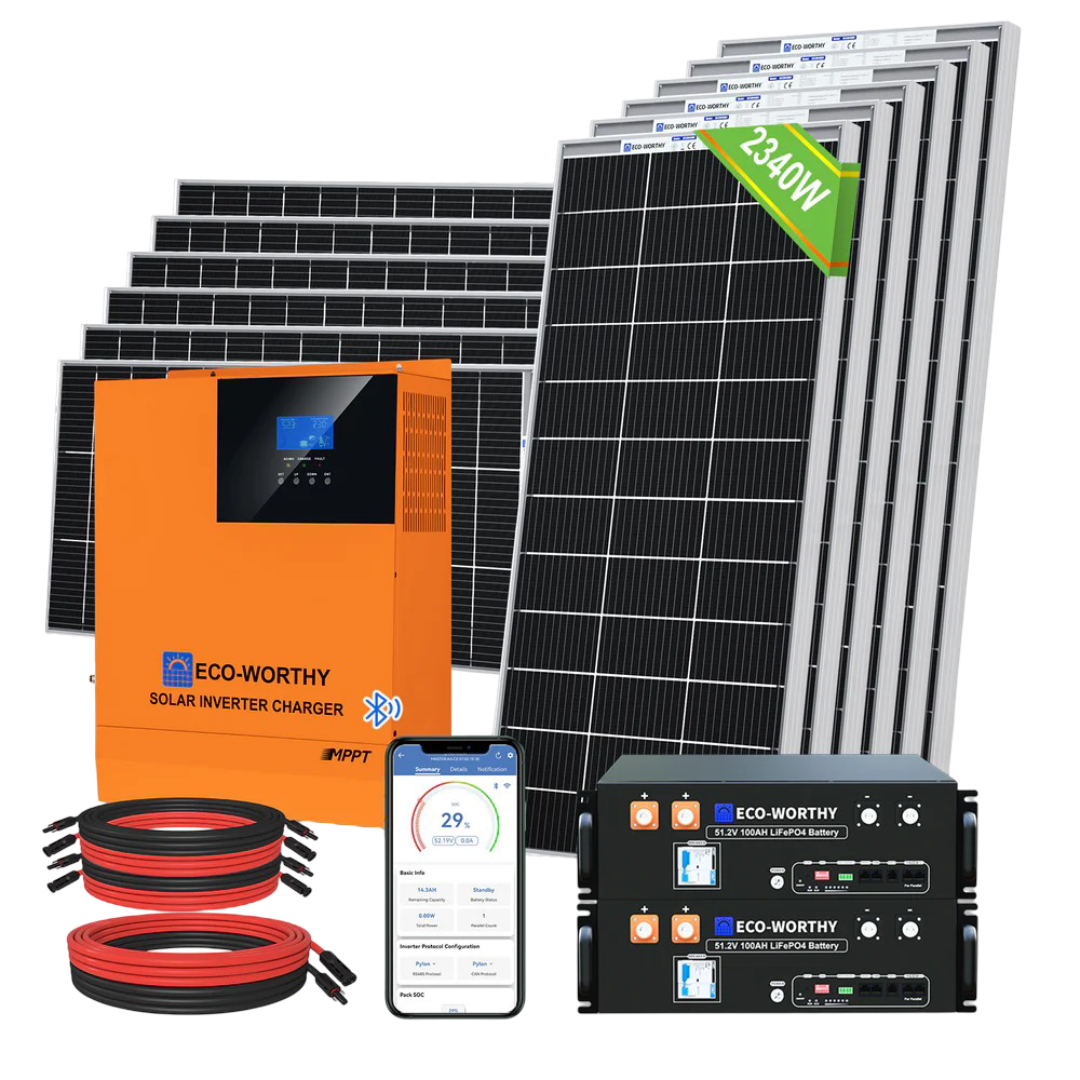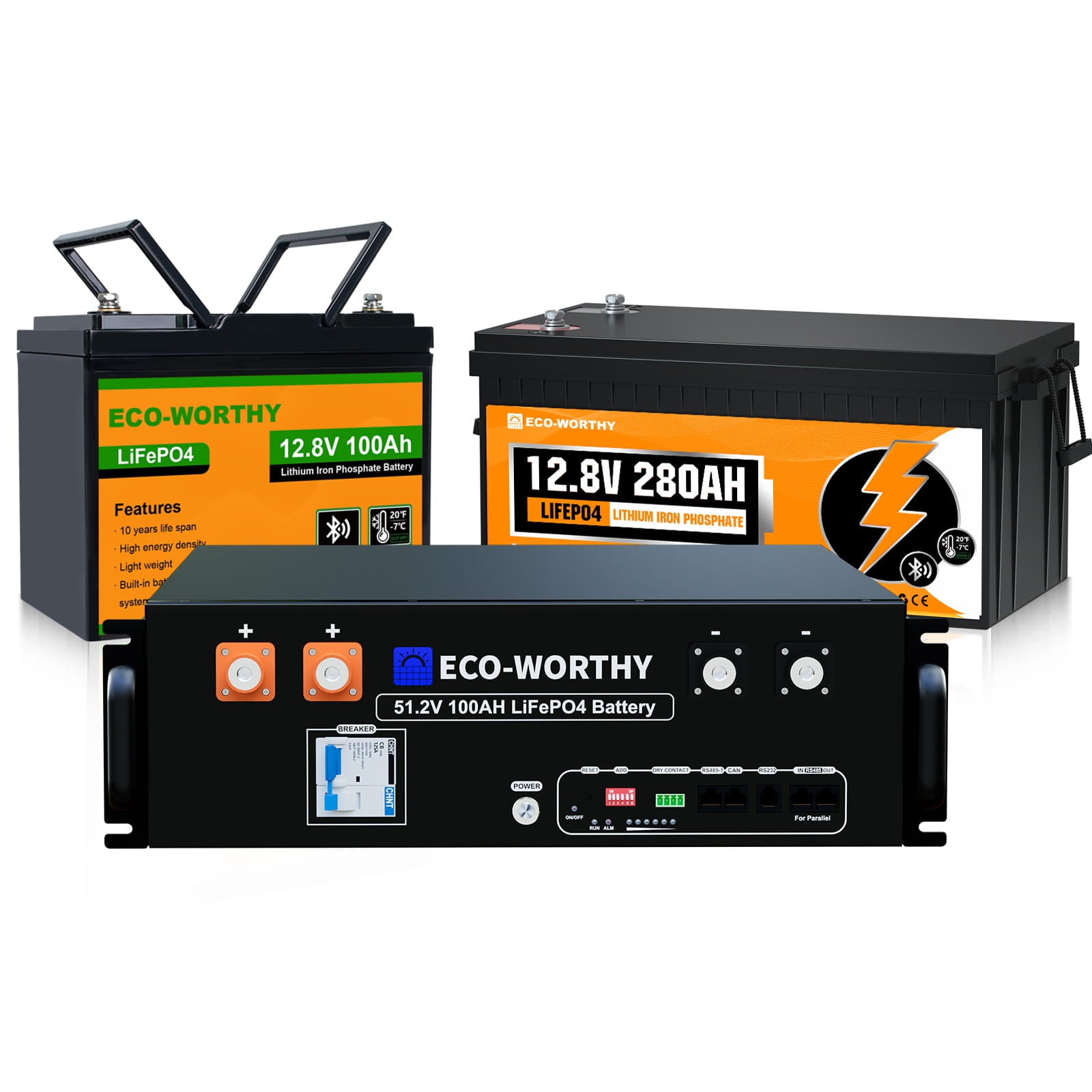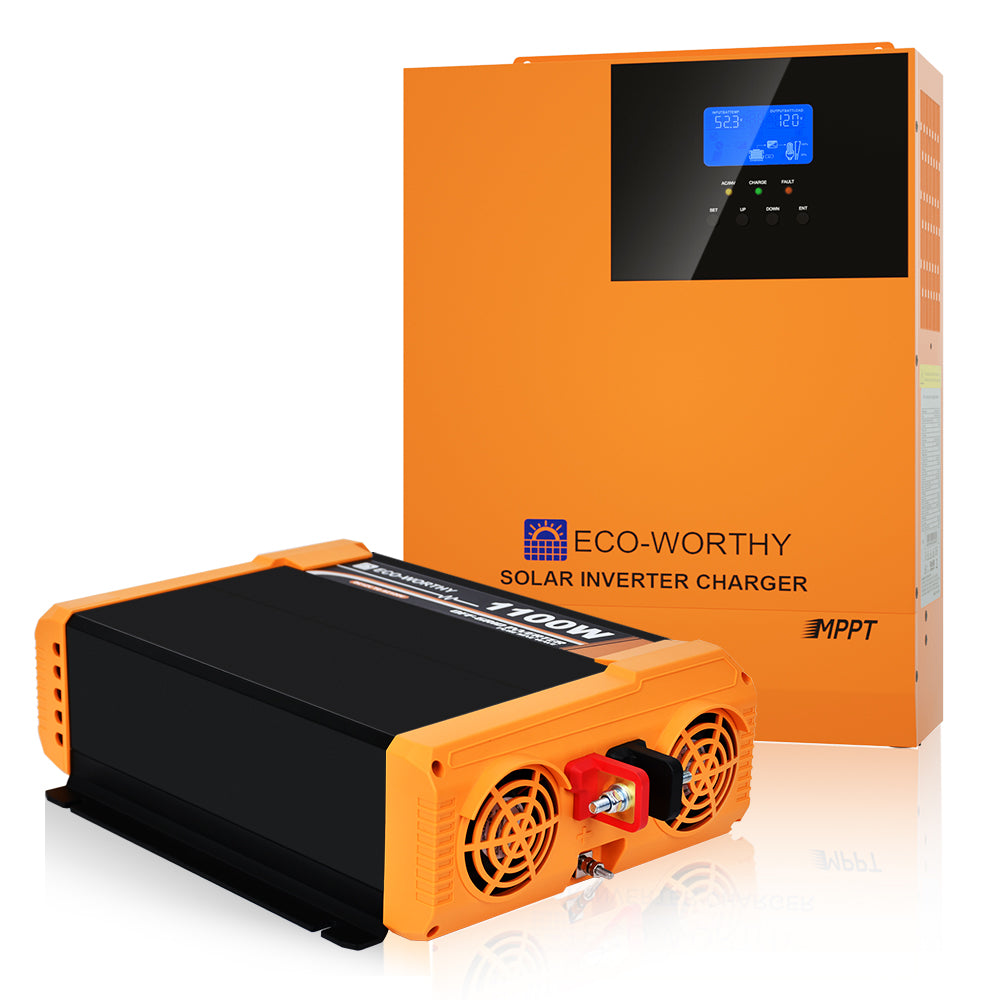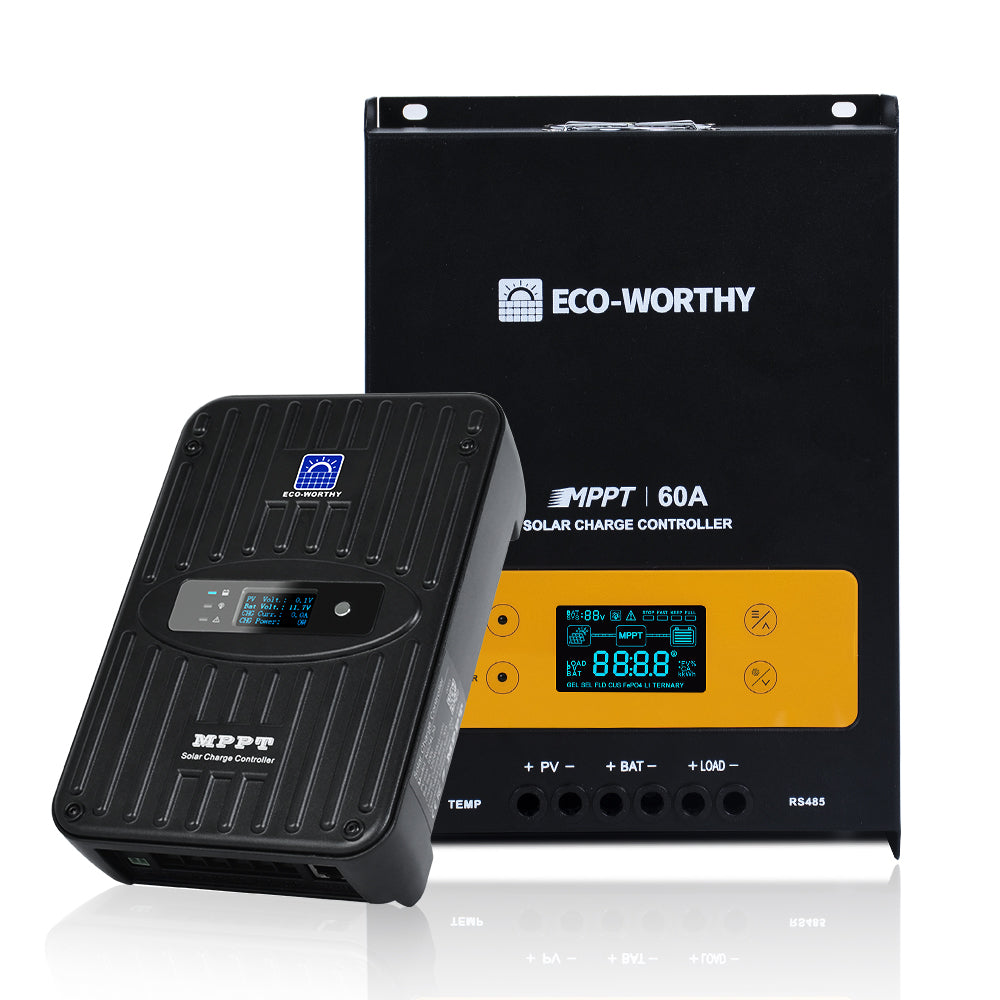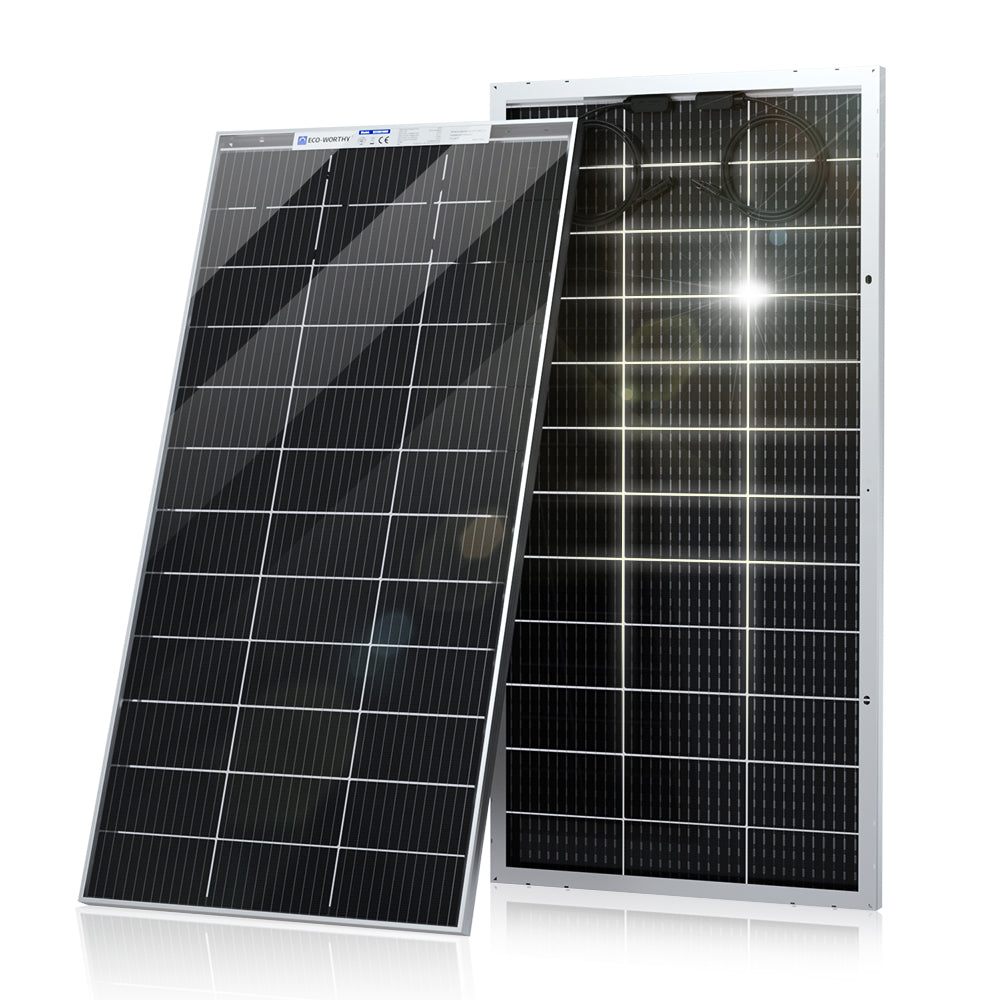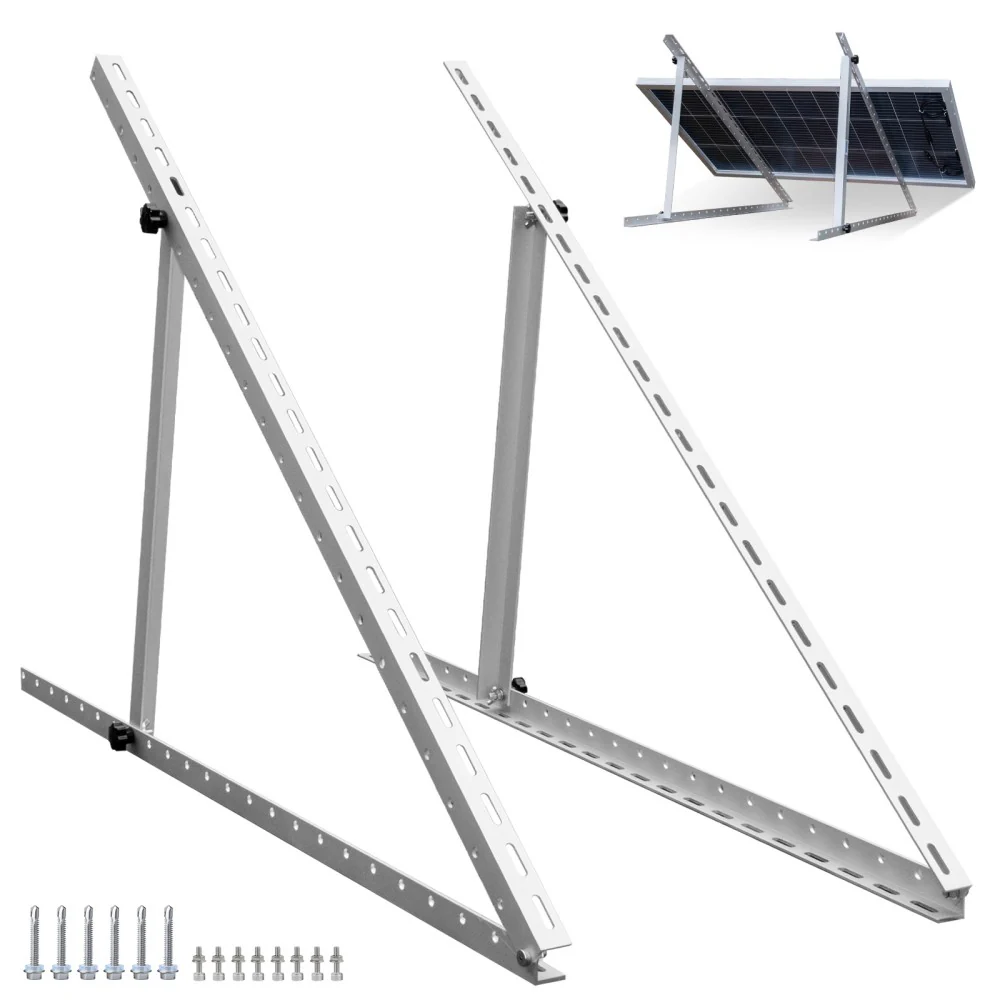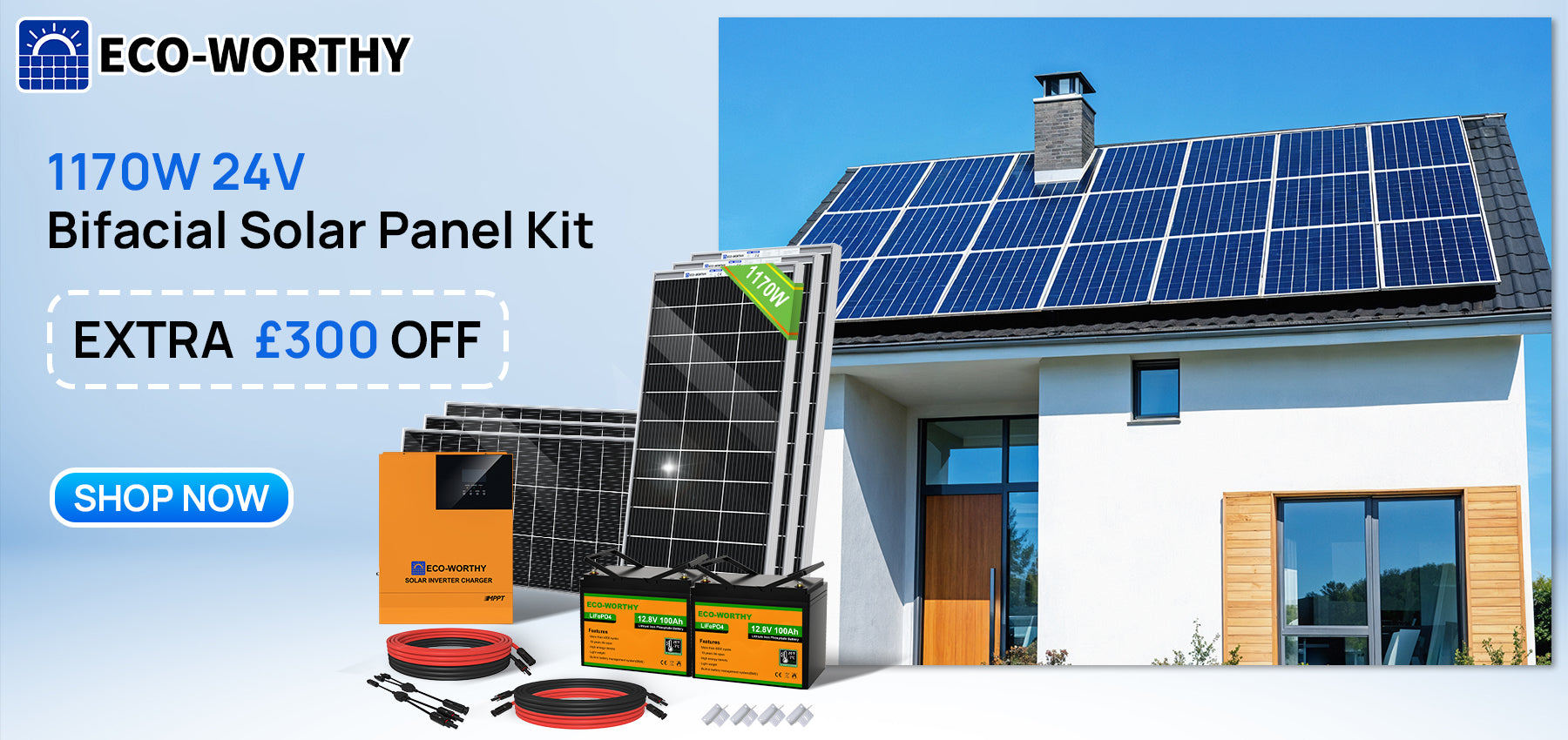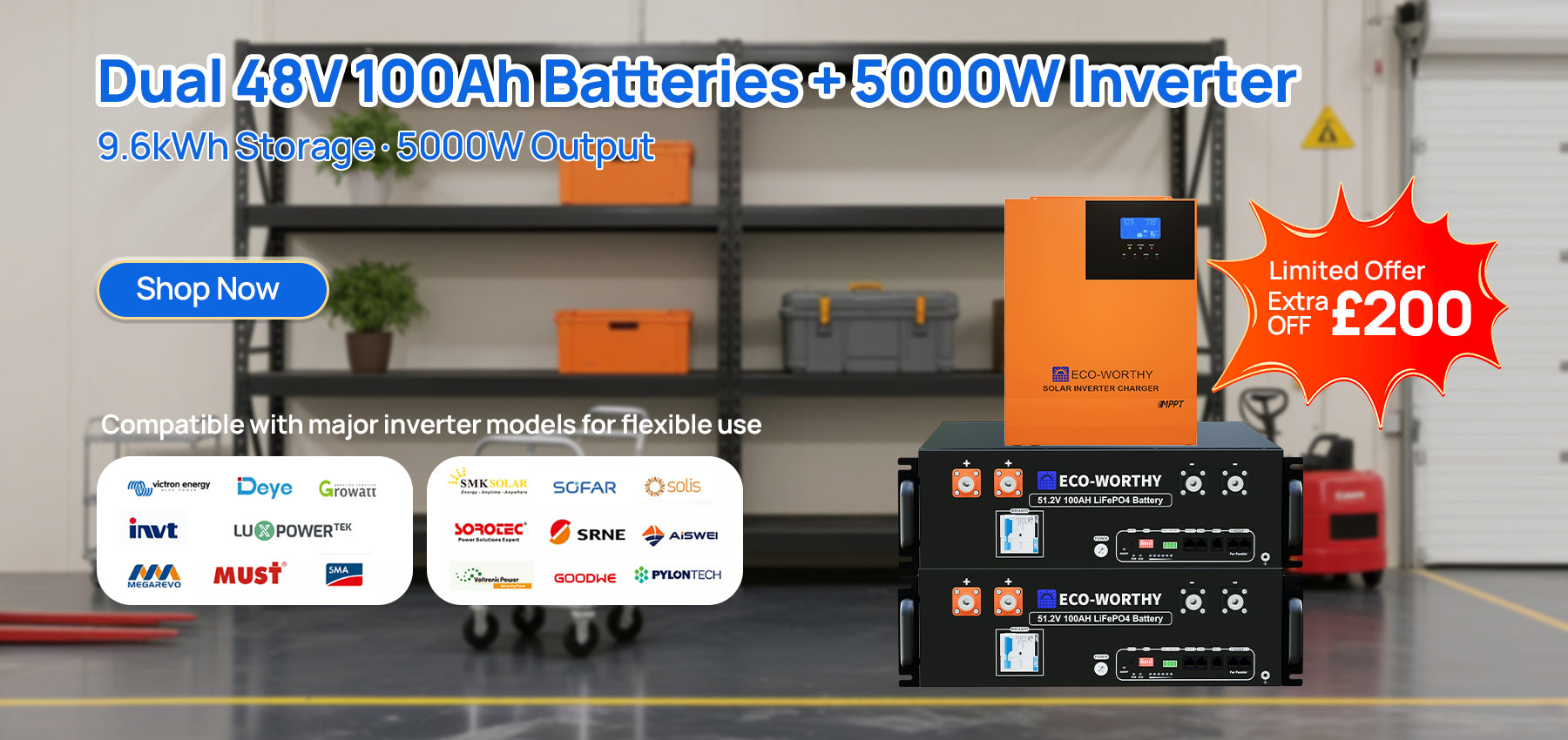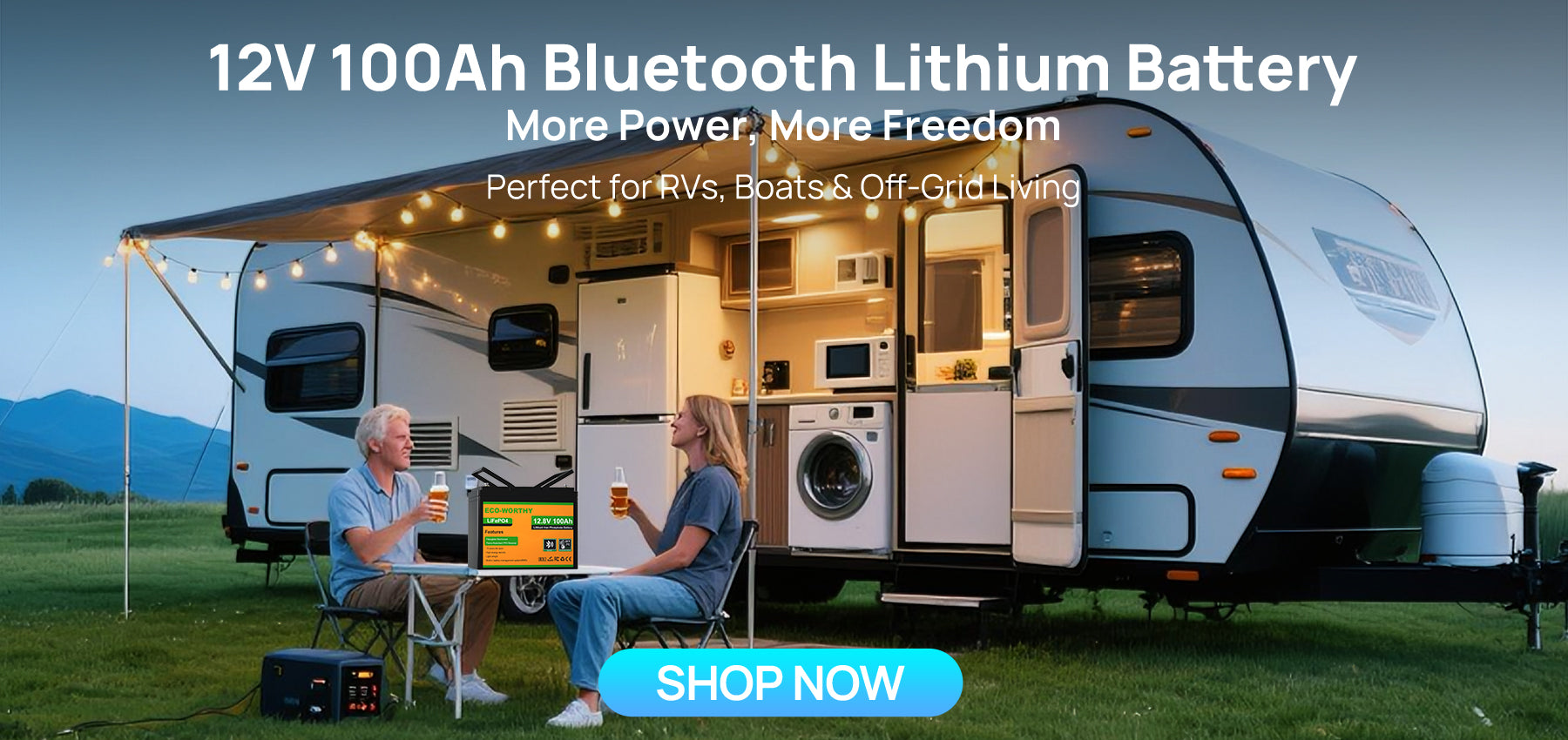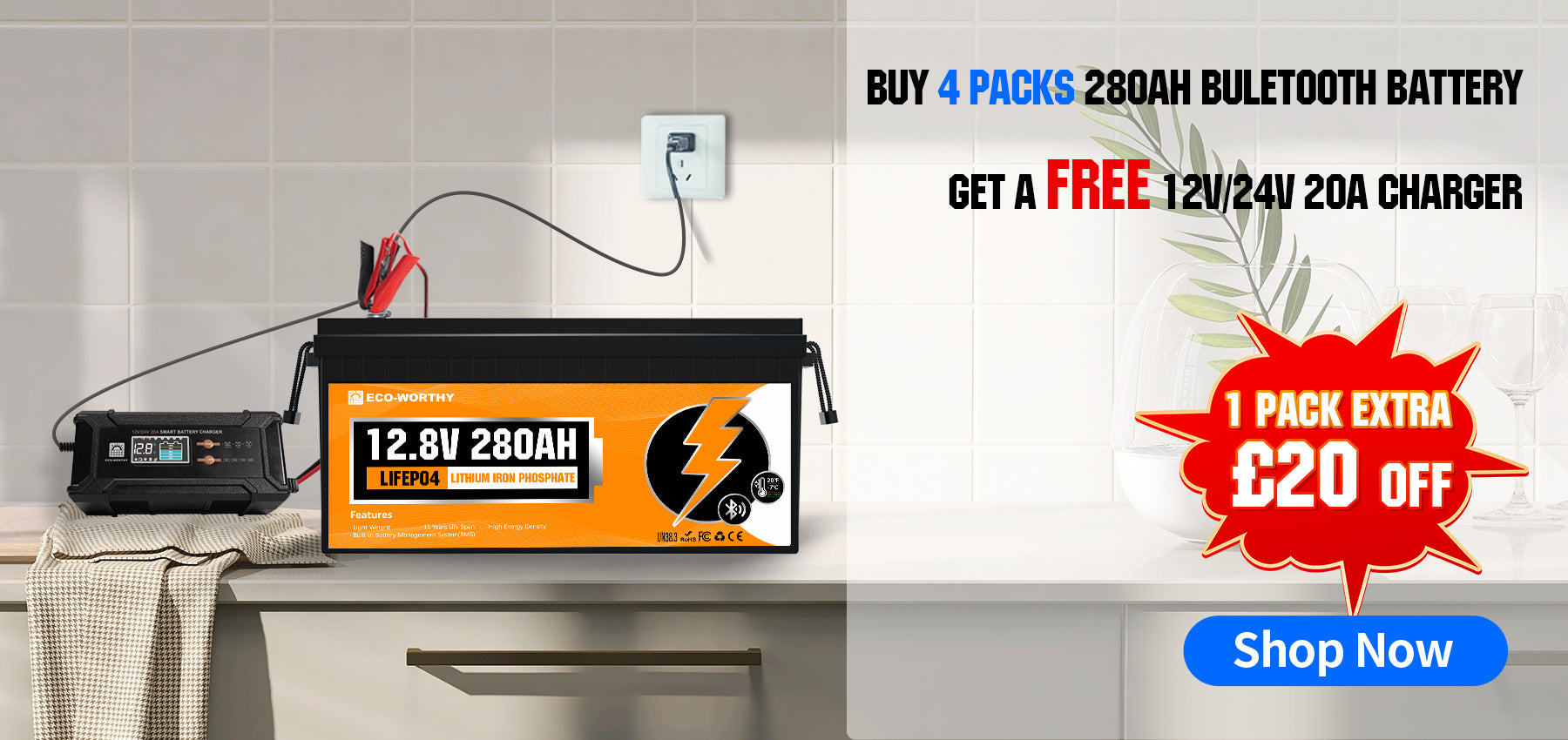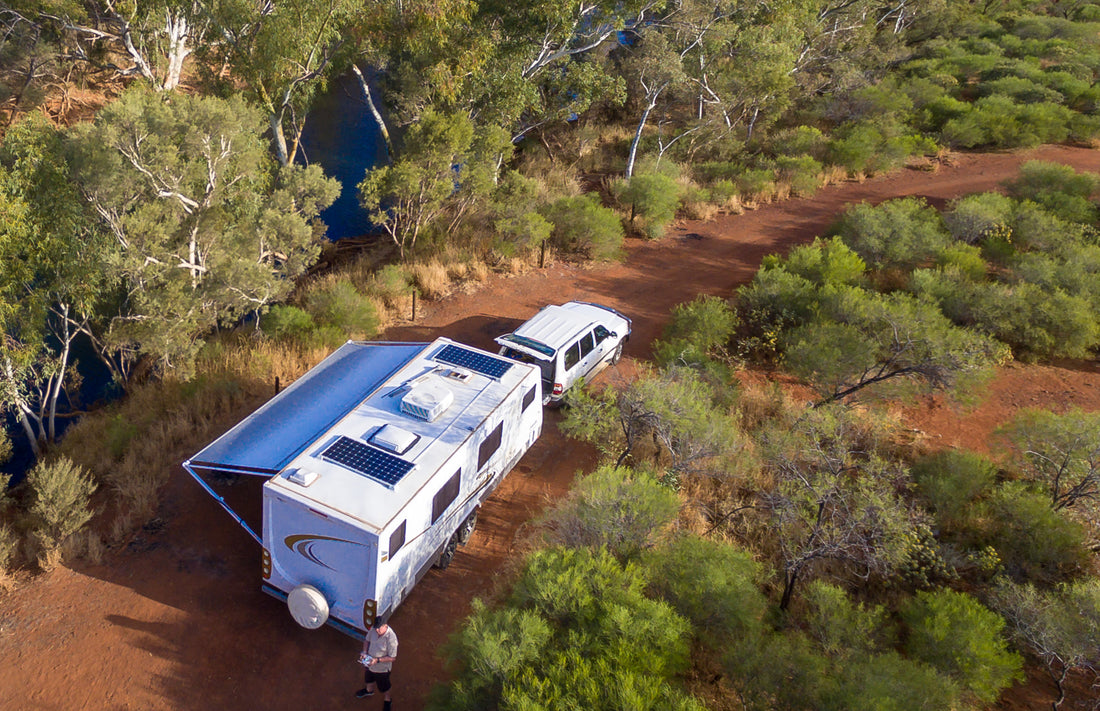
We offer kinds of on-grid & off-grid inverters, depending the battery bank voltage and what solar system you want to build.
Here we help you figure out the purpose of different inverters and how to select a compatible inverter for your solar system.
INVERTER PURPOSE
The main purpose of both off-grid and on-grid inverter is to convert DC to AC. Since battery power is DC, put the inverter between the battery bank and the loads to allow you to run your AC appliances. They will come with an AC outlet to plug in things such as your computer, fridge, coffeemaker, etc.
Wattage and voltage are different among different inverters, and they can convert 12v/24v/48v DC to 100-120v, 200-240v AC, etc. It is crucial to make sure the voltage of your inverter matches the voltage of your battery bank, the power wattage as well.
INVERTER TYPES
Generally, we distinguish those inverters by grid mechanism.
On-grid inverter designed for converting AC power for both local grid and your home. Off-grid inverter will not connect to the grid but only for your private appliances.
There one difference exists among the inverters, it’s about the type of their waves.
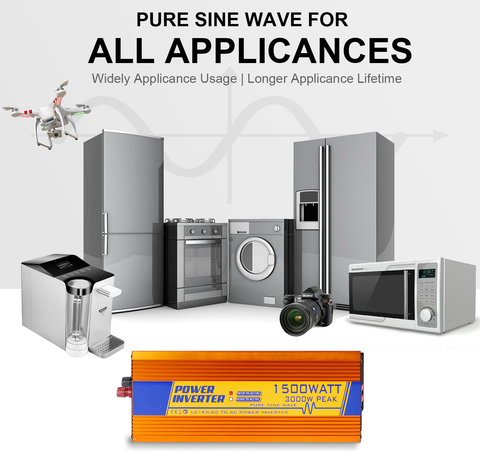
Inverters come in modified and pure sine wave types. Modified sine wave inverters are usually much cheaper, but you are very limited to the amount of appliances you can use. Pure-sine wave inverters are compatible with most devices, so we recommend going with the pure-sine wave inverters.
INVERTER SIZING
When select an inverter, you need to look at 3 factors: wattage, DC voltage, and AC voltage.
Wattage:
Inverters will be rated by a wattage value, telling you how many the total watts it can run at the time. For example, you use the solar kit to produce power for your fridge, and TV on your caravan, the fridge usually takes about 120-200w power to keep running, and the TV costs about 200w-300w power for working, so the total power you need from the inverter should be 500w at least. We recommend a 600w inverter for this use, because a 200w fridge needs a 2-3 time power to boot when have it turned on.
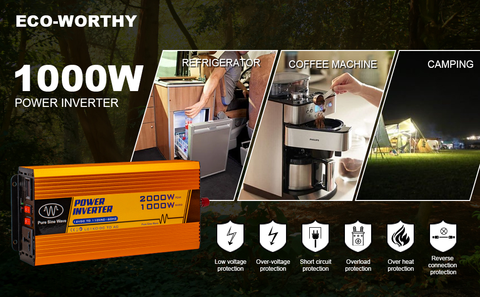
If you want to use microwave or kettle in your home with the solar power, a 1000w or 1500w inverter will be a suitable choice.
To run a 1500w air condition, you’ll need at least a 3000w inverter, since it’s inductive load with high booting current demand.
DC Voltage:
The battery bank voltage decide the inverter DC voltage values when you build a solar system. For example, if you plan to setup a 24v system with a 24V battery bank, it will require an inverter that is compatible with 24V.
AC Voltage:
The AC voltage rating on the inverter will tell you what kind of AC appliances it will run. Most of the time a 100-120VAC(Volts AC) inverter will be ok as most household items come in that voltage (US, CA, JP). Sometimes very large loads will run on 200-240VAC (EU, AU). So it is important to know this for special items you want to run.
Footnote
The off-grid inverter actual efficiency is influenced by the current from the battery bank, which means there may be a limit due to the battery bank maximum discharge power.
E.g. If you keep a 12v 150ah battery bank, which could supply 12v*150a=1800w power. So this power will define how many you can get from the inverter after you hook the system up, the largest power comes from a 2000w or 3000w inverter will be no more than 1800w.
The point is, the inverter actual power has a limit due to the battery power, even if you choose a 3000w inverter for your big appliances, you will not get more than 1800w power eventually, because your 12v 150ah battery could not produce more power than 1800w.
So if you want to get more power from the inverter, the issue you need to concern is about the upgrade of your battery bank.

